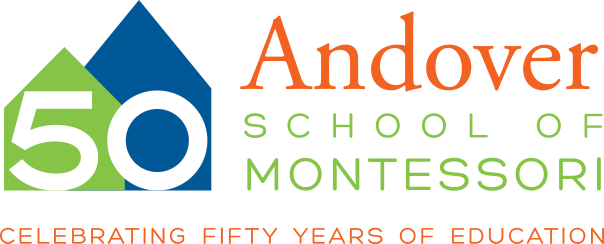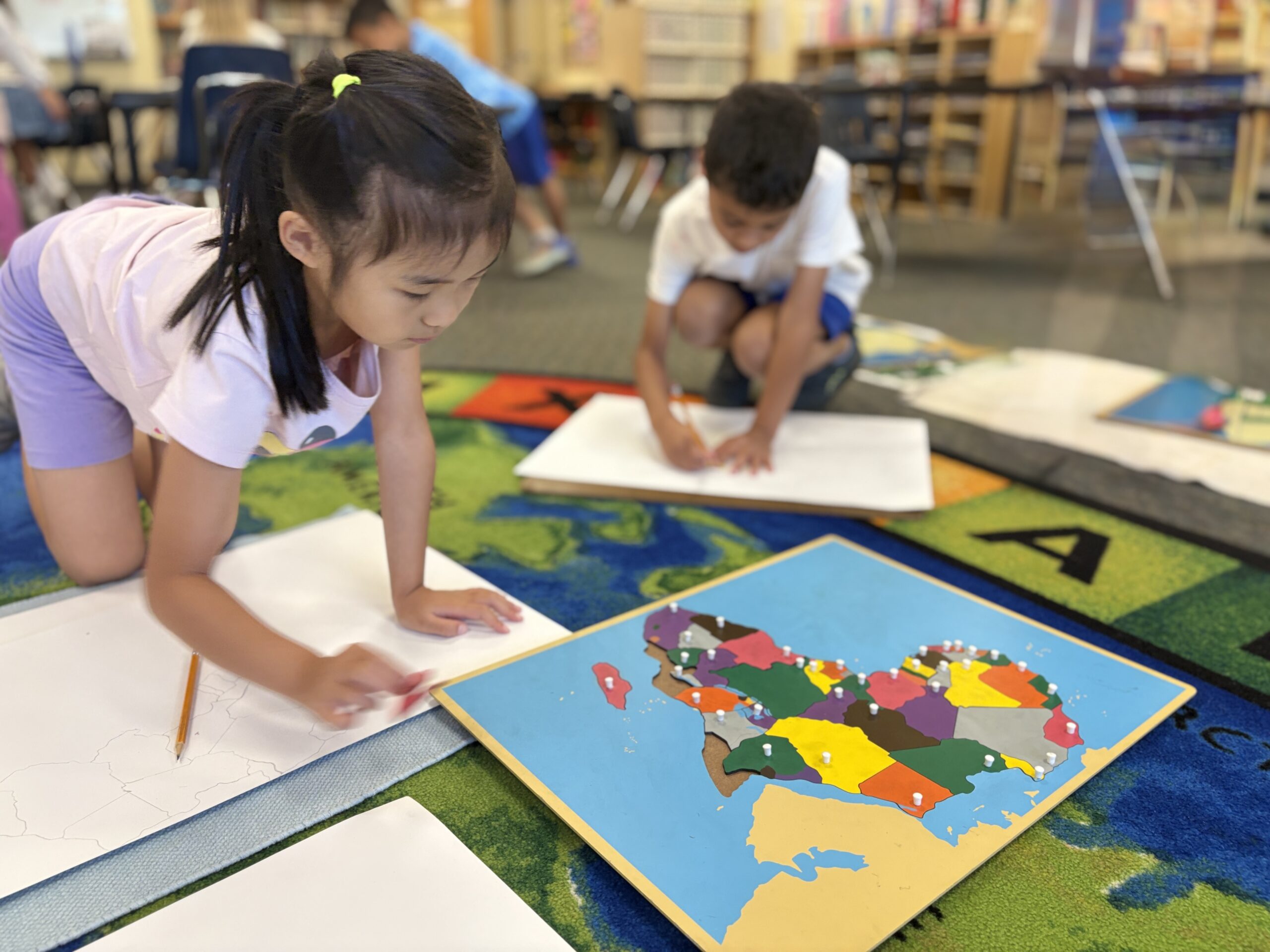The Lower Elementary program (grades 1-3) is a multi-age environment designed to meet the social, emotional and academic needs of the 6 to 9 year old. The curriculum provides each child with the opportunity to delve deeply into topics and develop an understanding of the relationships between concepts.
Students at ASM show what they’ve learned in a multitude of formats that include working with Montessori materials, conducting labs and experiments, engaging in project based work, writing essays and discussing what they’ve learned in groups. Learning this way allows students to collaborate, create and problem-solve, and are all forms of assessment even though they may not look like the familiar quiz or test. Learning outcomes that require higher order thinking can’t be assessed in a multiple choice testing format, which measure student achievement based upon small bits of information that are easily scored.
The skills that students need to acquire as they journey down their path of education are the ability to critically think and analyze, and apply the information they’ve learned to real-life problems. At ASM, your child will be assessed through daily teacher observations, discourse, essay writing, and by using project rubrics.






